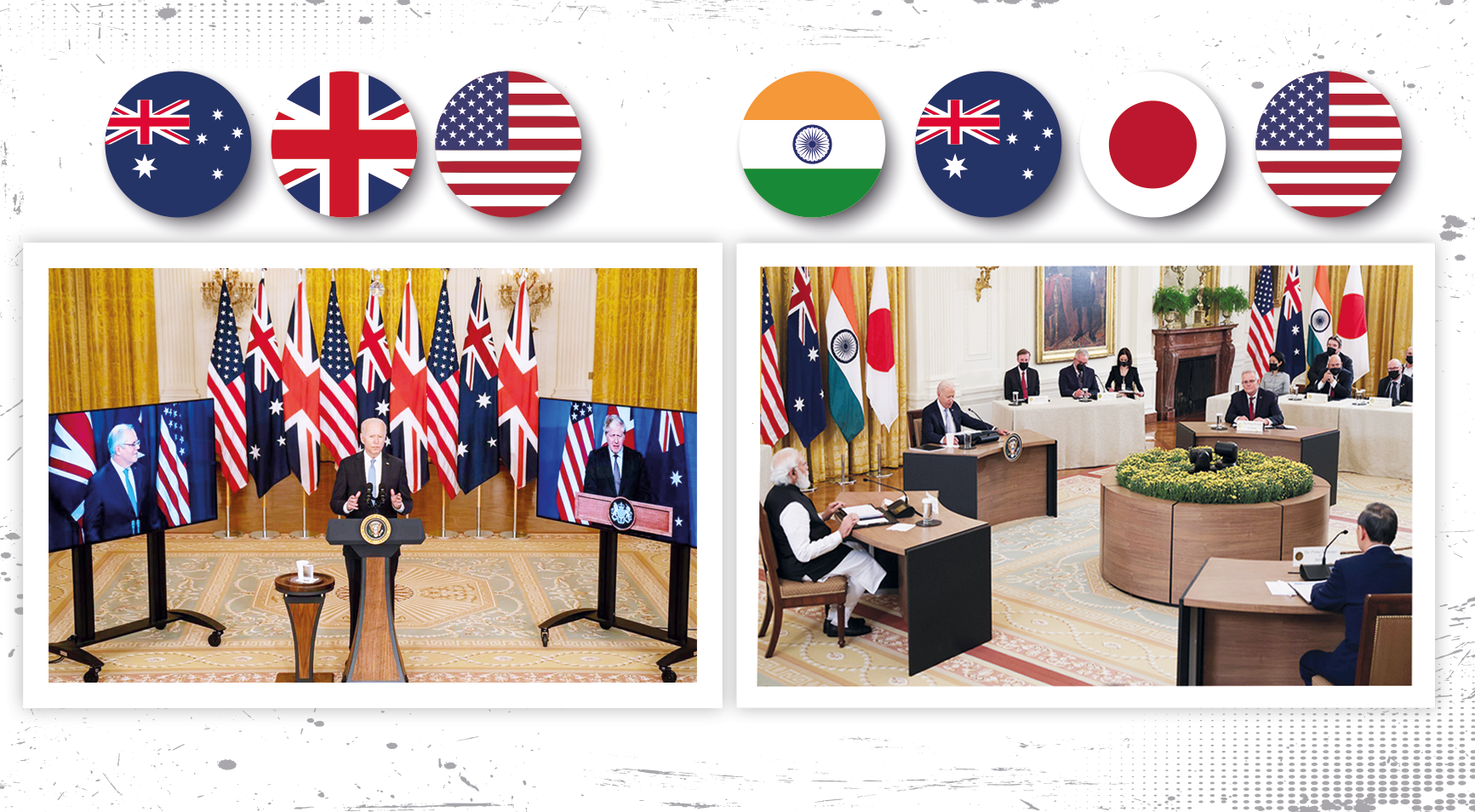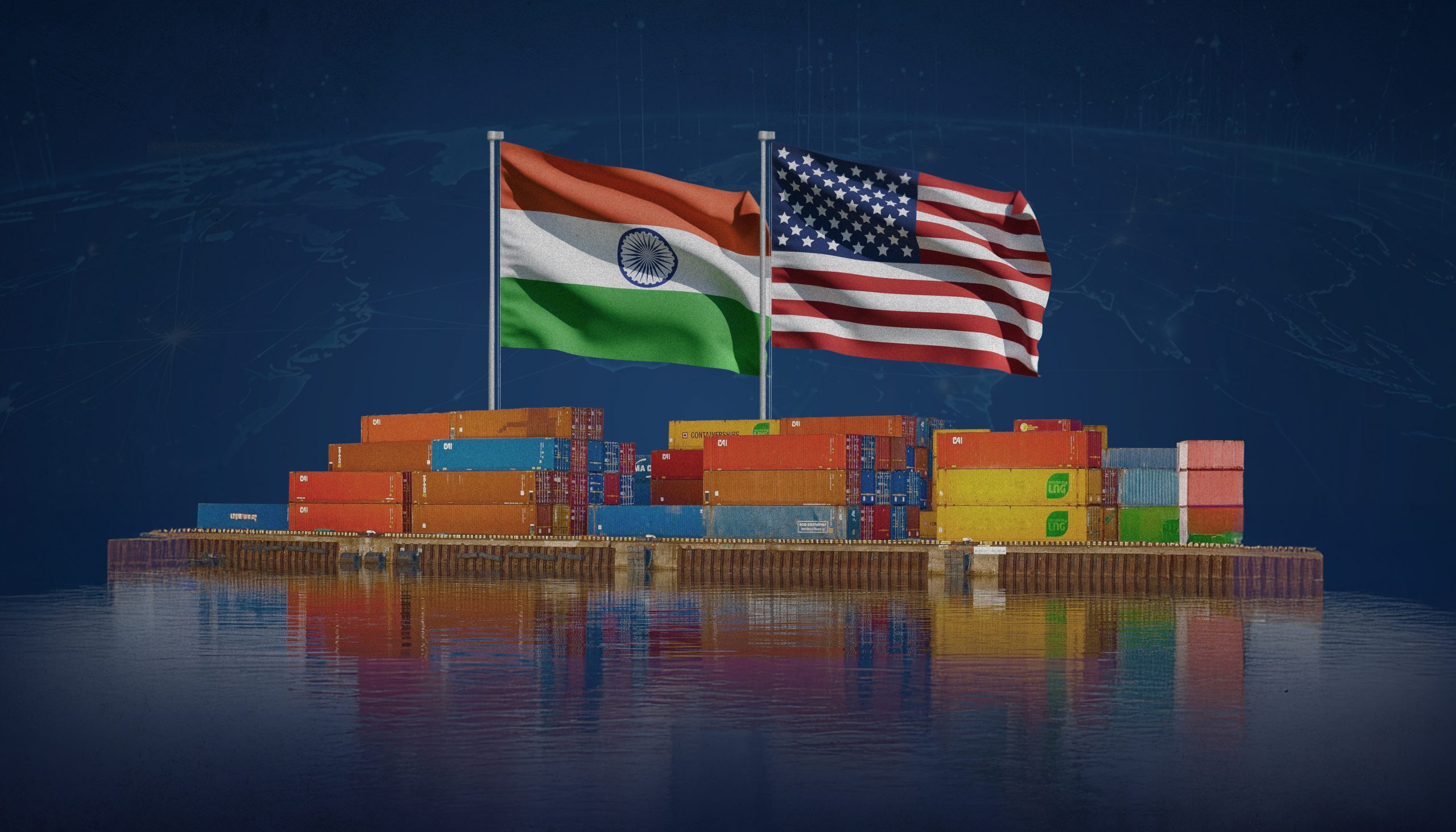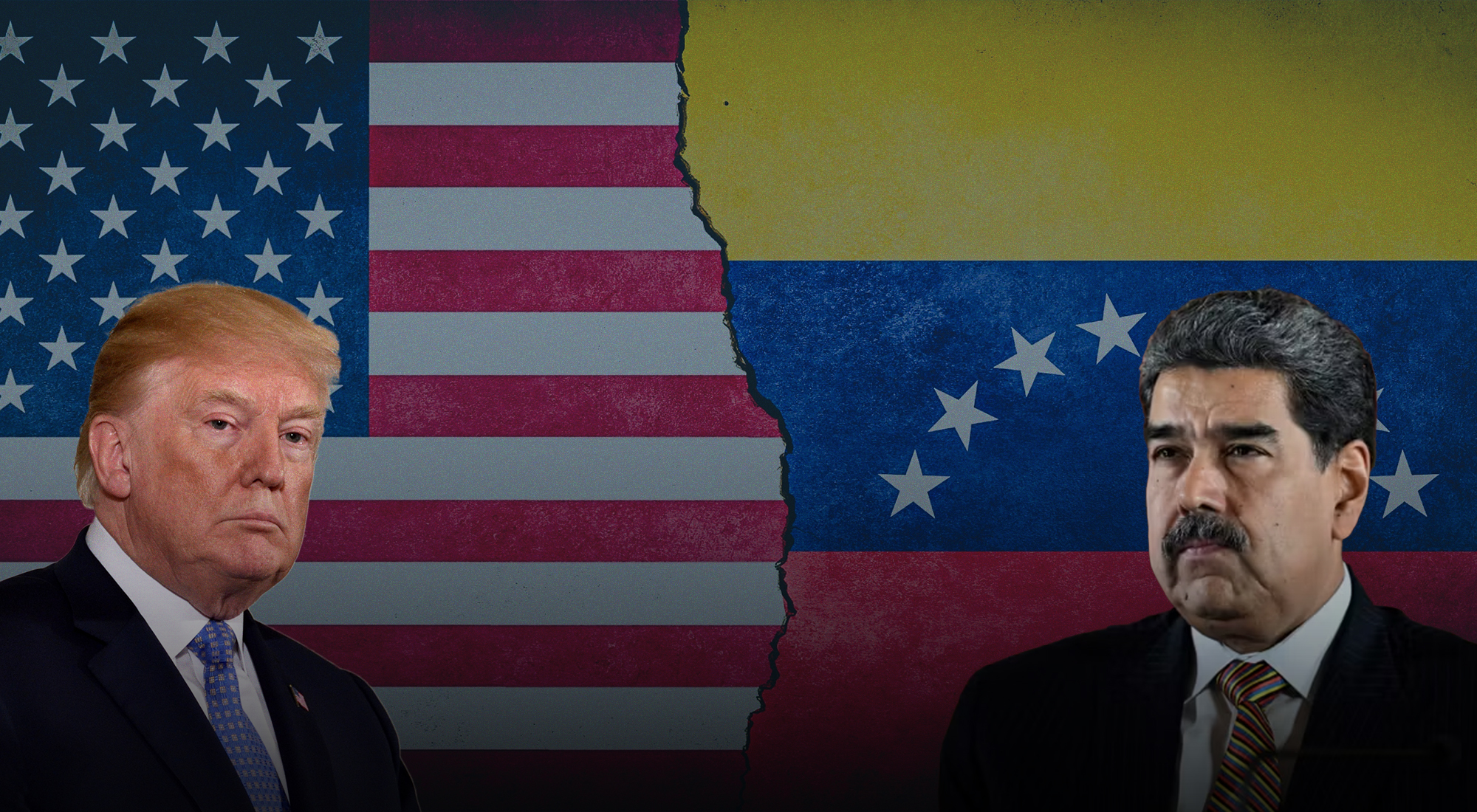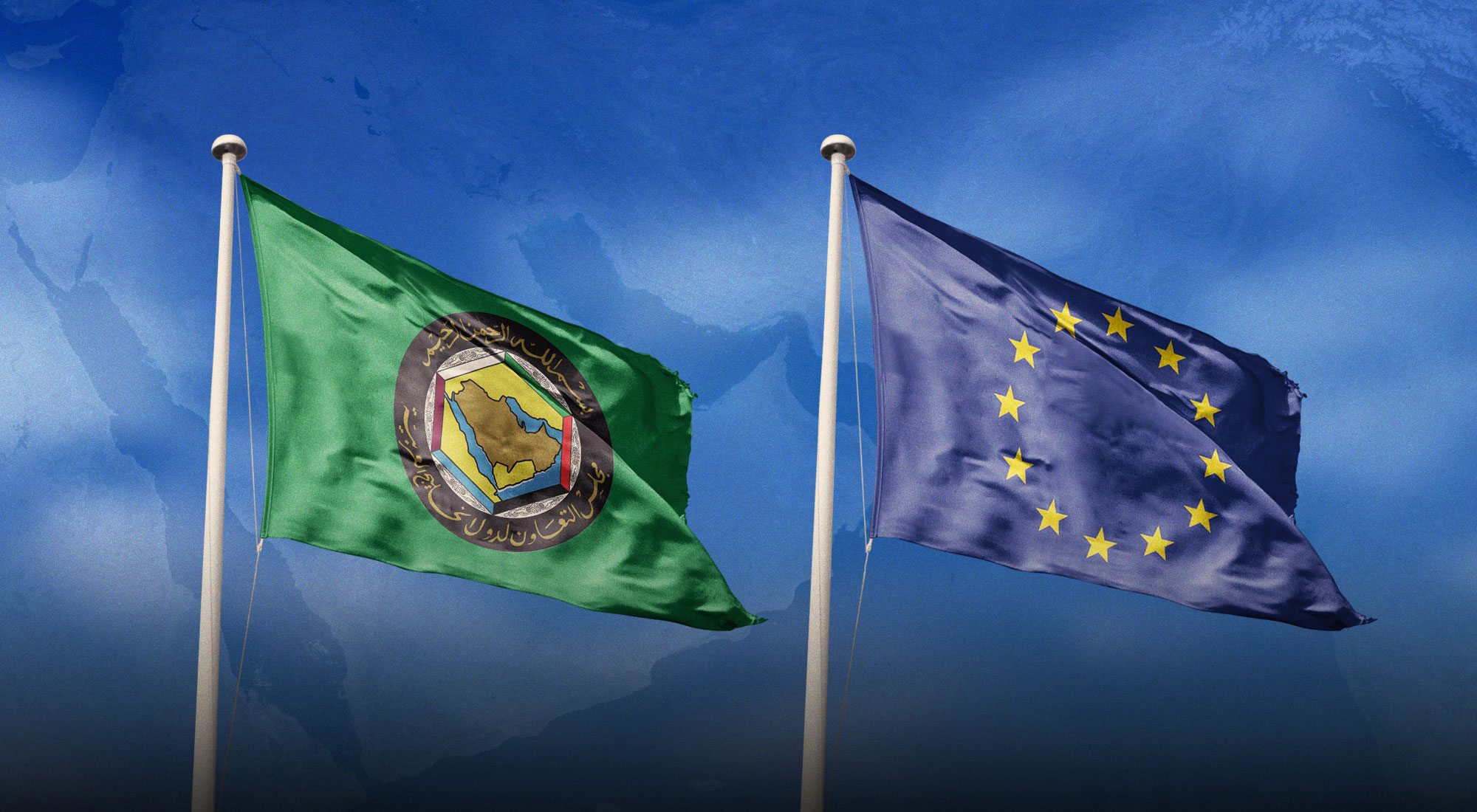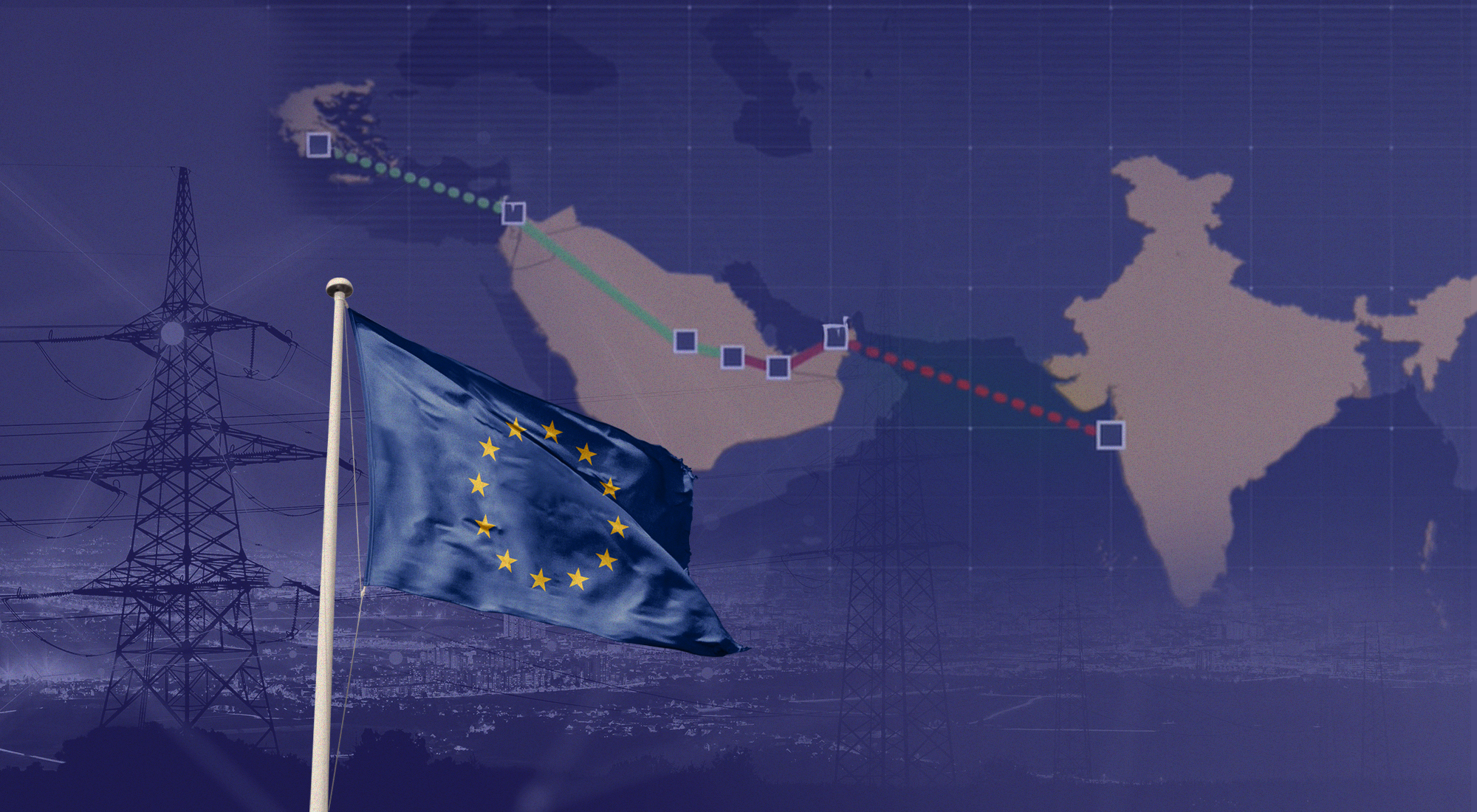In September, two new groupings – Quad and AUKUS — acquired final shape and purpose with important implications for Indo-Pacific geopolitics. Both have been defined by the United States and both are aimed at providing substance to President Joe Biden’s oft-repeated commitment to prioritise challenging China’s assertiveness in the Indo-Pacific and reaffirming US leadership in the world order. Both groupings are US-led maritime coalitions and convey an overt message that they will contain China and uphold a “free and open Indo-Pacific in a rules-based order”.
On 16 September, flanked by the virtual participation of British Prime Minister Boris Johnson and Australian Prime Minister Scott Morrison, Biden announced that the three countries had set up a new defence and security partnership. And, to give substance to this partnership, the three countries would collaborate to manufacture eight nuclear-powered submarines for Australia, replacing the eight diesel-powered submarines that Australia had contracted with France in 2016.
A week later, on 24 September, Biden hosted a conference in Washington involving the leaders of the four members of the Quadrilateral Security Dialogue, briefly referred to as “Quad” – the US itself, Australia, Japan and India – as the first in-person summit of the member-countries. This followed the first meeting of the Quad that Biden had convened in virtual format earlier in March. The leaders had then referred to their assembly as a “spark of hope to light the path ahead” and had broadened their agenda beyond maritime security to include cooperation in COVID-19 vaccination, climate change issues and technology development.
The Quad and AUKUS mark the culmination of Biden’s focus on the Indo-Pacific from the commencement of his presidency. He had emphasised the importance of a “free and open Indo-Pacific” in his telephonic conversations with Chinese President Xi Jinping, Indian Prime Minister Narendra Modi, and the South Korean President Moon Jae-in. During his interaction with then Japanese Prime Minister Yoshihide Suga, the two had agreed that their alliance was the “cornerstone of peace and prosperity in a free and open Indo-Pacific”.[1]
The Quad
The Quad has had a chequered history. Officials from India, Japan, Australia and the US met in Manila, in May 2007, on the margins of the ASEAN Regional Forum. These countries had earlier worked together in the aftermath of the tsunami in 2004-05, but that had been an ad hoc collaboration to coordinate relief measures. While the participants in the 2007 meeting made every effort to play down the significance of their interaction, it still evoked considerable public speculation; there was even a suggestion that it might be an “Asian NATO” to contain China.
China’s sharp reaction to that meeting led to a quick cooling-off among all the participants, since each of them valued their ties with China.
The Quad met again at officials’ level ten years later – in November 2017 — on the margins of the East Asia Summit in Manila. What encouraged the revival of this dialogue platform were shared concerns relating to China’s heightened claims in the South and East China Seas and China’s ambitious Belt and Road Initiative that was expected to spearhead its expanding influence across Eurasia and the Indian Ocean.
Quad members also had specific concerns. Australia was worried about China’s increasing economic and political leverage over its domestic affairs. India experienced a standoff with Chinese troops at Doklam in June-August 2017, which followed earlier confrontations at Depsang (Ladakh) in April-May 2013 and Chumar (Ladakh) in August 2014. Japan was concerned about the dispute over the Senkaku Islands, while the US was accusing China of economic espionage.[2] In short, all the four nations shared concerns about China’s rise and ambitions that directly impinged on their interests.
However, the Quad still featured a high degree of caution among the participants – no joint statement was issued after the November 2017 meeting that would have set out a shared strategic vision. Instead, the participants issued separate statements that, in fact, emphasised their very different perceptions relating to their principal regional concerns.
Quad as an anti-China platform
After this relatively lowkey officials’ conclave, the Quad, with the acquiescence of the participating countries, came to be adopted by the Trump administration as its principal platform to confront China. In September 2019, the Quad met at ministerial level, a dramatic elevation for the assembly, and agreed that the participating countries would cooperate to promote “a free and open Indo-Pacific”, a formulation that defines the central purpose of every Quad encounter since then.
This was followed by another meeting of Quad foreign ministers in New York in October 2020. Secretary of State Mike Pompeo said the US planned to institutionalise the Quad to “build out a true security framework” and even expand it in order to “counter the challenge that the Chinese Communist Party presents to all of us”.[3]
Since then, there has been a steady institutionalisation of the Quad against the background of shrill rhetoric and sharp retaliatory actions by China. Its foreign minister, Wang Yi, has referred to it as an “Indo-Pacific NATO” and a “big underlying risk” to the region. China imposed import restrictions on goods from Australia, covering a range of items from coal to meat, wheat, copper, sugar, timber and wine.
The virtual summit of March 2021 produced the first joint statement of the Quad. It spoke of the conclave’s commitment to “a free, open, rules-based order, rooted in international law”, and to promote the “democratic values and territorial integrity” of its members. The Indian prime minister observed that the Quad “has come of age” and that it would “remain an important pillar of stability in the region”.
The virtual summit of March 2021 met with particularly sharp invective from Chinese officials, who referred to a “small clique” that was seeking to “start a new Cold War”. President Xi Jinping spoke of small cliques using multilateralism to “stir up ideological confrontations”. While China was busy with these fulminations, a fresh coalition announced its arrival in the Indo-Pacific arena – “AUKUS”.
The “AUKUS”
Biden’s announcement of the new Australia-United Kingdom-US (‘AUKUS’) partnership on 16 September, anchored in the joint production of eight nuclear-powered submarines for Australia, will make the latter the seventh nation globally to possess nuclear-powered submarines. Under the agreement, the US will provide Australia with the next-generation attack submarine, the SSN-X. Such submarines, having unlimited power from their nuclear reactors, have more speed, range and endurance than their diesel-powered counterparts; they also operate more stealthily at high speeds.[4]
Thus, they would be effective against Chinese ballistic missile submarines, while also being able to defend themselves against underwater drones and act as motherships for unmanned vessels.[5] Cooperation in the manufacture of these submarines will be supported through technology-sharing by integrating the defence-related science, supply chains and manufacturing technology.
France has reacted harshly to the cancellation of its own submarine contract by Australia. As a British commentator has noted, France sees in this cancellation “Trumpian unilateralism, Australian two-facedness and the usual British perfidy”.[6] The French foreign minister, Jean-Yves Le Drian has said: “I am angry and bitter. This isn’t done between allies. It’s really a stab in the back.” The message being read in both Paris and Brussels is that, for the US, Britain will be a more important strategic partner in the confrontation with China than the European Union. The reason appears to be that, in US eyes, the EU has not adopted the hardline approach towards China that the US favours
In response, French President Emmanuel Macron has called for the EU to develop its own strategic autonomy and even a European army separate from NATO, but there hardly seem to be any serious takers for this, given that most Europeans are more focused on domestic and regional concerns rather than on matters relating to the Indo-Pacific.
The Quad summit of September 2021
It was against the background of the AUKUS announcement that the in-person Quad summit took place in Washington on 24 September. On the eve of the summit, an unnamed US official described the Quad as an “unofficial gathering” and a “discussion and engagement effort around a number of practical matters”. He emphasised that there was “not a military dimension…or security dimension” to it. But he added that the Quad “will be a key and critical format and forum for discussion and joint purpose as we head into a challenging period”.[7]
The joint statement issued after the first in-person summit saw the conclave as “an opportunity to refocus ourselves and the world on the Indo-Pacific”. The leaders then committed themselves:
to promoting the free, open, rules-based order, rooted in international law and undaunted by coercion, to bolster security and prosperity in the Indo-Pacific and beyond. We stand for the rule of law, freedom of navigation and overflight, peaceful resolution of disputes, democratic values, and territorial integrity of states.[8]
This summit went far beyond any previous assembly to set out the Quad’s agenda in areas beyond immediate security concerns. These included:
- Pandemic and vaccines: the summit set up a “Quad Vaccine Experts Group” that would drive the Quad’s efforts in this area. These would include: delivery of 1.2 billion vaccines; Japan’s contribution of $ 3.3 billion to support regional partners; Australia’s contribution of $ 212 million for supply of vaccines in Southeast Asia and the Pacific, and Indo-Japanese cooperation to promote healthcare in India.
- Climate change: the Quad will focus on clean energy innovation and deployment, as also climate adaptation, resilience and preparedness; it will pursue clean-energy supply chains, set up a Quad Shipping Taskforce to identify a few low-emission shipping corridors by 2030, and establish a clean-hydrogen partnership.
- Technology: the focus here will be on technical standards, 5G diversification and deployment, and technology supply chains. The Quad will also pursue a Semiconductor Supply Chain Initiative to identify vulnerabilities and bolster supply chain security for semiconductors and their components.
- Infrastructure, Space and Fellowships: The summit set up a “Quad Infrastructure Coordination Group” to identify infrastructure needs, arrange technical assistance and capacity-building efforts. Besides cooperation in space and cyberspace, the summit set up a “Quad Fellowship” for 100 graduate students in the four countries.
The Chinese spokesperson’s response was acerbic: she accused a “handful of countries” of hyping up the “China threat”. She pointed out that China “is an advocate of world peace, provider of public goods, and China’s development is important to international development”. While reiterating that China upheld the UN-centred international order and rules-based international law”, she noted that the US wanted “rules where it can wantonly interfere with other countries without paying any price” and force them to “bow to its hegemony”. She urged the countries concerned to “abandon the Cold War zero-sum mentality, stop seeking exclusive cliques” and pursue regional peace and security.[9]
The Quad obtains shape and purpose
The proximity of the AUKUS announcement and the Quad summit serves the useful purpose of clarifying the role of the two entities which are both focused on the challenge from China in the Indo-Pacific arena. AUKUS is overtly a military and security alliance and, in fact, complements the several existing security-related agreements that bind the three countries. In contrast, the Quad has neither a security cooperation agreement binding its four members, nor a secretariat to coordinate policy-framing and implementation.
What the latest Quad summit has done is to clearly set out in the public domain the Quad’s positive and constructive agenda. The joint statement spells out that Quad members will robustly compete with China in all areas where it has so far enjoyed a relatively unchallenged presence – infrastructure, pandemic management, technology development – as well as semiconductor supply, cybersecurity and satellite data.
The careful and calculated sculpting of the Quad at the September summit now binds the four members with a shared vision, provides them with an ambitious long-term agenda that serves their interests while challenging China’s ambitions in areas of crucial importance, while at the same time avoiding the provocations that an overtly security alignment would evoke.
It is thus a flexible multilateral partnership that, as an Indian diplomat has noted, provides its four members “a forward-looking agenda for delivering global public good – from maritime security to humanitarian assistance, from pandemic vaccines to climate action, from cyberspace to emerging technologies, and much more”.[10]
For India, the Quad is not enough
While the US-led coalition has obtained a welcome new partner in India, the latter has gained very little in terms of its own security concerns being addressed by the coalition – those relating to cross-border terror from Pakistan, the undemarcated 3500-km boundary with China, and the expanding Chinese influence in Eurasia, West Asia and, above all, in the western Indian Ocean. Thus, the Quad, despite its importance for India’s interests, highlights the need for India to expand its relationships beyond the US-led coalition that would align more comfortably with its diverse interests.
Some possible policy approaches that India could consider are set out below.
One, India should return to its earlier commitment to seeking a multipolar world order in which it is an agenda-setter. This calls for an urgent and substantial outreach to Russia, a partner that India has wilfully neglected while pursuing ties with the US-led alliance system. With Russia, it needs to go beyond defence purchases to provide content to their strategic ties. This would call for pursuing joint initiatives in areas that matter to both countries – the Eurasian Economic Union, the Eastern Economic Forum, Afghanistan, BRICS and the Shanghai Cooperation Organisation. India’s active role in these initiatives will provide a welcome balance to the Russia-India-China triangular relationship, while furthering India’s interests in Central Asia as well.
Two, India needs to sustain its important ties with Japan. While the latter has been traditionally tied to the US alliance to secure itself vis-à-vis China, there are indications that: one, it might wish to reduce its dependence on the US;[11] two, expand its role in areas beyond the west Pacific into the Indian Ocean; and, three, pursue these interests in partnership with India. The new Japanese prime minister, Fumio Kishida, has announced that even as Japan strengthens its alliance with the Quad, it will seek to stabilise relations with China, a welcome remark that should ease China’s misgivings and reduce regional tensions.
Three, France offers an important strategic partnership for India. It is the one EU nation with deep interest in the Indo-Pacific and offers valuable support to India in the western Indian Ocean from its overseas island territories in the Comoros and Reunion and its bases in Djibouti and Abu Dhabi. France, which is already an important supplier of military equipment to India, is now chaffing at the insult from Australia over the cancellation of their submarine contract, it could be a partner with India for their production of nuclear-powered submarines.[12]
Four, India should partner Japan and possibly France in a fresh outreach to ASEAN. ASEAN members are deeply shaken by the AUKUS and Quad initiatives in which they have been reduced to “strategic spectators” and perhaps face being pulled into the Sino-US competition at the centre of a binary divide that they do not accept and which is a serious threat to their security. Both India and Japan are viewed as welcome partners since they have accepted the “ASEAN Outlook on the Indo-Pacific” (AOIP)[13] and are already in dialogue with ASEAN on joint projects.
Five, given existing ties with the major Gulf countries such as Saudi Arabia, the UAE and Iran, a greater strategic content would also serve India’s long-term interests, particularly in the western Indian Ocean. This region is the centre of global energy, trade, investment and finance and is also effecting significant changes in its economic policies as it prepares itself for the post-oil era. India’s long historical ties with this region have remained resonant as they have been constantly refreshed to meet changing needs on both sides. India could be a natural partner in facilitating the region’s transition towards the new era of technology, new supply chains and meeting new challenges from the aspirations of youth for high-class education, training, and entrepreneurial opportunities for technology-based startups.
Conclusion
Until a few years ago, India was an ardent votary of a new, more equitable order in which the views of emerging economies like itself, China, Iran, Indonesia, to name a few, would make a difference in global counsels. However, as the economic and power asymmetry between itself and China increased, India’s ardour for a new order began to cool and for many of its policy-makers, the US security embrace came as a welcome panacea. This embrace has been given substance through specific agreements relating to interoperability of the armed forces, intelligence-sharing and frequent military exercises.
As China’s footprints expanded in India’s neighbourhood and in the Indian Ocean, India has gone along with the Trump administration to prioritise the Quad as the platform for regional cooperation to challenge China. As India became further enmeshed in the Quad coalition, it built bilateral partnerships with those countries that were already part of the US-led coalition and came to accept their agenda of confrontation of China across the South and East China Seas as its own.
But the Quad is not India’s natural habitat. And, despite the baying insistence of several sections of India’s commentariat pushing for deeper participation in the US-led alliance, India’s officialdom recognises this reality – India is not and cannot be the partner in an overt anti-China coalition that its other Quad partners already are.[14] Unlike the others, it shares a long, undemarcated land border with China and also faces the challenges posed by China’s “all-weather” partnership with Pakistan.
Neither the US nor the Quad can have any role in mitigating these challenges; in fact, they might have aggravated them. While there could be several reasons for the Chinese massing troops at the Indian border at Ladakh from April 2020, one explanation could be the concerns that were raised in Beijing by increasing evidence of the Indo-US security cooperation, particularly the agreements relating to interoperability of their armed forces. The elevation of the Quad to ministerial-level in November 2019 would have signalled India’s membership of an alliance that was overtly hostile to China’s interests in the west Pacific.
These factors could have encouraged the hawks in China to give India a reminder that its crucial interests lie in securing the vulnerable land borders it shares with China rather than in the west Pacific. As the Ladakh confrontation completes its eighteenth month, there is no evidence that India’s robust backing for the Quad has served any useful purpose.
While India should maintain its links with the non-military agenda of the Quad, it cannot lose sight of the fact that its political and economic priorities are not in the Indo-Pacific, but rather embrace its neighbourhood of South, West and Central Asia – the land mass that together constitutes a large part of Eurasia — as also the western Indian Ocean, where the Quad has no involvement.
These interests are best served through augmenting its own capacities through domestic and diplomatic efforts including comprehensive national development at home and wide-ranging engagements in its Eurasian and maritime neighbourhood. As the sage Chanakya told us all those years ago, “success is not a matter of luck. Success is the result of well thought out action”.
References
[1] Van Jackson, “America’s Indo-Pacific Folly”, Foreign Affairs, 12 March 2021, at: America’s Indo-Pacific Folly | Foreign Affairs
[2] Tanvi Madan, “The Rise, Fall, and Rebirth of the ‘Quad’”, War on the Rocks, 16 November 2017, at: The Rise, Fall, and Rebirth of the ‘Quad’ (warontherocks.com)
[3] Kevin Rudd, “Why the Quad Alarms China”, Foreign Affairs, 6 August 2021, at: Why the Quad Alarms China | Foreign Affairs
[4] Caitlin Talmadge, “Don’t Sink the Nuclear Submarine Deal”, Foreign Affairs, 27 September 2021, at: Don’t Sink the Nuclear Submarine Deal | Foreign Affairs
[5] Praveen Swami, “Is the new Australia-UK-US alliance a geopolitical revolution, or a PR gimmick?”, Money Control, 18 September 2021, at: Is The New Australia-UK-US Alliance A Geopolitical Revolution, Or A PR Gimmick? (moneycontrol.com)
[6] Patrick Wintour, “Aukus deal showing France and EU that Biden not all he seems”, The Guardian, 16 September 2021, at: Aukus deal showing France and EU that Biden not all he seems | France | The Guardian
[7] Nikki Carvajal, “Biden officials stress Quad is an ‘unofficial gathering’, ‘not a military alliance’, ahead of first in-person meeting, CNN, 24 September 2021, at: Biden officials stress Quad is an ‘unofficial gathering,’ ‘not a military alliance,’ ahead of first in-person meeting – CNNPolitics
[8] Manoj Kewalramani, “Eye on China: The Quad Summit”, 26 September 2021, at: https://manojkewalramani.substack.com/p/quad-summit-and-reactions-meng-wanzhou?token=eyJ1c2VyX2lkIjoxODg2NDU5LCJwb3N0X2lkIjozNTg2MTY4MiwiXyI6IkI4MlZRIiwiaWF0IjoxNjMzNjA5MzkwLCJleHAiOjE2MzM2MTI5OTAsImlzcyI6InB1Yi0yMjI0NDIiLCJzdWIiOiJwb3N0LXJlYWN0aW9uIn0.DX8JbM_7Pe-5uwxEEgqEPTE3xbn44KrgmnHbBjHgwSc
[9] “Some countries are hyping ‘China threat’: Beijing on Quad summit”, Deccan Herald, 27 September 2021, at: Some countries are hyping ‘China threat’: Beijing on Quad summit | Deccan Herald
[10] Syed Akbaruddin, “Beyond Quad, the quest for multi-alignment”, Hindustan Times, 20 September 2021, at: Beyond Quad, the quest for multi-alignment – Hindustan Times
[11] Hal Brands, “Japan, a Sleeping Giant of Global Affairs, is Waking up”, Bloomberg, 6 October 2021, at: Worried About China and the U.S., Japan Is Again Becoming a World Power – Bloomberg
[12] Yusuf Unjhawala, “AUKUS or Not, Why France is India’s preferred partner for nuclear attack submarines”, NEWS 18, 27 September 2021, at: AUKUS or Not, Why France is India’s Preferred Partner for Nuclear Attack Submarines (news18.com)
[13] This is an ASEAN initiative, promulgated on 23 June 2019, that is founded on the Asia-Pacific and the Indian Ocean regions as being “closely integrated and interconnected regions”. The AOIP’s agenda consists of: maritime cooperation, connectivity, UN Sustainable Development Goals (SDG) 2030, and economic and technological cooperation.
[14] Yashwant Raj, “Not going AUKUS way: India okay with Quad emerging as non-military entity”, Hindustan Times, 23 September 2021, at: Not going AUKUS way: India okay with Quad emerging as non-military entity | World News – Hindustan Times



